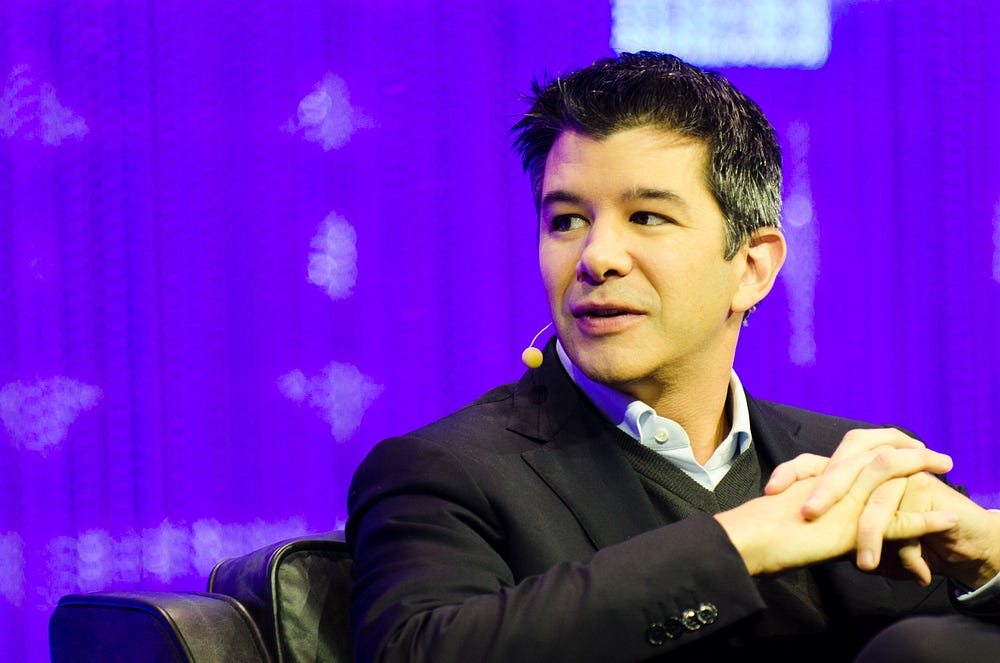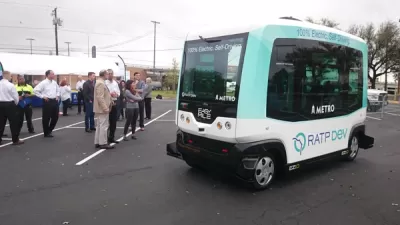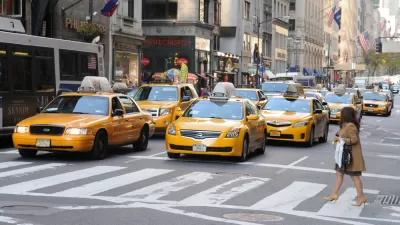Uber needs only a few more years to start its driverless mobility services. Meanwhile its million-plus self-employed drivers are providing the company with money, data, and future customers before their jobs get permanently ditched.
What Uber has done, since it started seven years ago, is to lay a sweet trap for people willing to become taxi drivers, but without the means and qualifications to get a license. Initially Uber advertised itself as a “sharing economy” enterprise, allowing any safe driver to augment his/her income by working a few hours a week providing rides.
Back in 2014, in an interview during the Code Conference, Uber CEO Travis Kalanick claimed that the more drivers there are out there, the more reliable the service, the more trips per hour every driver can do. As pick up times get shorter, he argued, drivers will be going from trip to trip without down time. “When trips per hour go up, then pricing can come down, and they can make the same income,” he said. “When pricing comes down you can bring more riders and drivers into the system.” None of this is a selling point for Uber drivers.

A recent report by British MP Frank Field, chair of the work and pensions committee, found that Uber drivers are “feeling forced to work extremely long hours, sometimes more than 70 a week, just to make a basic living,” and that Uber “treats its drivers as Victorian-style ‘sweated labour’.”
Asked about self-driving cars, Kalanick was clear about the future: “Look, this is the way the world is going. If Uber doesn’t go there, it’s not going to exist either way. ”
FULL STORY: Uber drivers are helping company kill their own jobs

Maui's Vacation Rental Debate Turns Ugly
Verbal attacks, misinformation campaigns and fistfights plague a high-stakes debate to convert thousands of vacation rentals into long-term housing.

Planetizen Federal Action Tracker
A weekly monitor of how Trump’s orders and actions are impacting planners and planning in America.

San Francisco Suspends Traffic Calming Amidst Record Deaths
Citing “a challenging fiscal landscape,” the city will cease the program on the heels of 42 traffic deaths, including 24 pedestrians.

Detroit Says Problems With Property Tax Assessments are Fixed. Advocates Disagree.
With higher-valued properties under assessed and lower-valued properties over assessed, advocates say there's still a problem with Detroit's property tax system.

Defunct Pittsburgh Power Plant to Become Residential Tower
A decommissioned steam heat plant will be redeveloped into almost 100 affordable housing units.

Trump Prompts Restructuring of Transportation Research Board in “Unprecedented Overreach”
The TRB has eliminated more than half of its committees including those focused on climate, equity, and cities.
Urban Design for Planners 1: Software Tools
This six-course series explores essential urban design concepts using open source software and equips planners with the tools they need to participate fully in the urban design process.
Planning for Universal Design
Learn the tools for implementing Universal Design in planning regulations.
Heyer Gruel & Associates PA
JM Goldson LLC
Custer County Colorado
City of Camden Redevelopment Agency
City of Astoria
Transportation Research & Education Center (TREC) at Portland State University
Jefferson Parish Government
Camden Redevelopment Agency
City of Claremont





























